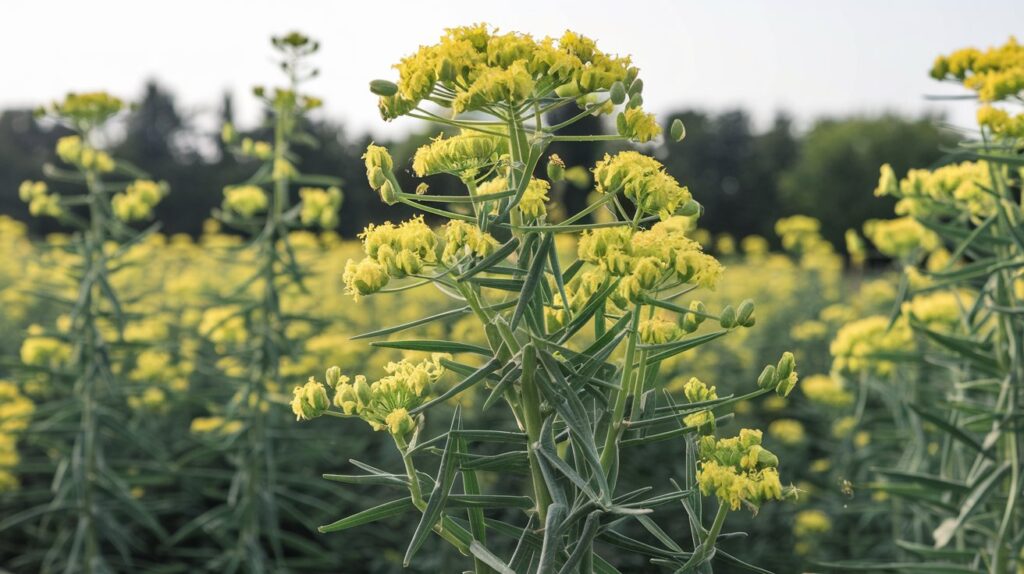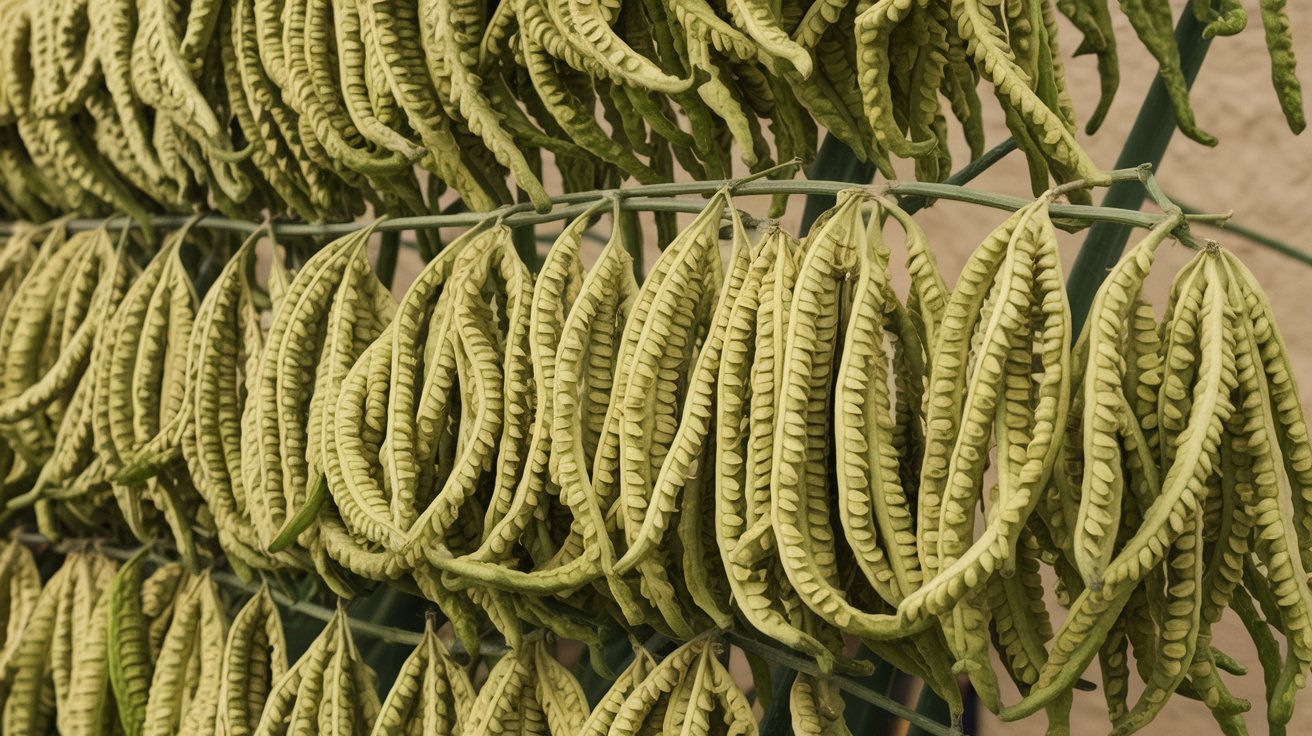Table of Contents
Introduction: The Ancient Wonder of Sesame Plant
The sesame plant (Sesamum indicum) has been cultivated for lots of years, earning its vicinity as one of the most critical oilseed plants inside the global. Revered for its tiny, flavorful seeds and nutrient-wealthy oil, the sesame plant is a staple in lots of cultures. Whether you’re an agricultural fanatic, a home gardener, or someone interested by healthful living, know-how the sesame plant opens up a world of opportunities.
This article explores the history, cultivation techniques, advantages, and various applications of sesame flowers, supplying you with the equipment to understand and develop this ancient surprise.
The Sesame Plant: History and Characteristics
Origins and Historical Significance
The sesame plant is believed to have originated in Africa before spreading to components of Asia and the Middle East. Over time, it became fundamental to cuisines, medication, and exchange. Ancient civilizations just like the Egyptians, Babylonians, and Indians valued sesame for its dietary and medicinal houses.
Sesame seeds were among the first oilseeds processed for oil, making them a cornerstone of historic agriculture. Their long shelf lifestyles and flexibility ensured their region in worldwide change routes, inclusive of the Silk Road, wherein they were exchanged for spices, textiles, and different goods.
Physical Characteristics

Sesame is an annual flowering plant that adapts nicely to diverse climates and conditions, making it a flexible crop.
- Height: Grows up to 3-6 feet tall.
- Leaves: Bright green, lance-fashioned, and arranged alternately alongside the stem.
- Flowers: Bell-formed plants that can be white, crimson, or purple, blooming in heat situations.
- Seeds: Housed in small pods that break up open when mature, the seeds vary in color, along with white, black, brown, and golden.
Varieties of Sesame Plant
The sesame plant has numerous sorts, more often than not prominent with the aid of the coloration and taste of the seeds.
- White Sesame: Most generally used in baking and as a garnish for dishes. It has a moderate flavor and excessive oil content.
- Black Sesame: Known for its intense nutty flavor and high antioxidant content, regularly used in Asian cakes and traditional medication.
- Brown Sesame: Typically used for oil extraction because of its robust taste.
- Golden Sesame: A much less commonplace range with a buttery flavor, popular in gourmand recipes.
Each type serves precise functions, from culinary makes use of to commercial applications, making sesame an exceptionally versatile crop.
Cultivating Sesame Plant
Ideal Growing Conditions
Sesame vegetation thrive in warm, tropical, or subtropical climates. They are drought-tolerant and require minimum upkeep, making them a suitable crop for arid regions.
- Temperature: Sesame prefers temperatures among 77°F and 95°F (25°C to 35°C).
- Soil: Well-tired, sandy loam soil with a pH between five.Five and eight.0.
- Sunlight: Full sun exposure is essential for most appropriate growth.
Planting Sesame
- Preparation: Clear the sphere of weeds and debris. Loosen the soil to enhance drainage and aeration.
- Seed Sowing: Sesame seeds are directly sown into the soil at a shallow depth of approximately ½ inch. Spacing of 6-12 inches guarantees wholesome boom.
- Watering: While sesame is drought-tolerant, constant watering is essential at some point of the early ranges. Once hooked up, reduce watering to avoid waterlogging.
Care and Maintenance
- Fertilization: Organic compost or balanced fertilizers enhance soil fertility and support boom.
- Pest and Disease Management: Common problems consist of aphids, whiteflies, and fungal diseases like blight. Regular tracking and natural pest manipulate methods are powerful.
- Weeding: Manual or mechanical weeding prevents nutrient competition.
Harvesting and Processing
Sesame pods are harvested when they flip yellow-brown and begin to split. Farmers regularly dry the pods within the solar earlier than threshing to extract seeds. Proper storage guarantees the seeds maintain their exceptional and flavor.
Benefits of Sesame Plant
1. Nutritional Advantages
Sesame seeds are a dietary powerhouse, providing crucial nutrients that help general health.
- Rich in Healthy Fats: High tiers of polyunsaturated and monounsaturated fats sell heart fitness.
- Packed with Protein: An brilliant plant-primarily based protein supply for vegetarians and vegans.
- Loaded with Minerals: A considerable supply of calcium, magnesium, iron, and zinc.
- Antioxidant Properties: Contains sesamin and sesamol, compounds that combat oxidative pressure.
2. Culinary Applications
Sesame seeds and oil are culinary staples throughout the globe.
- Seeds: Used in baking, as toppings for bread, and in salads.
- Oil: Known for its nutty flavor, sesame oil complements stir-fries, marinades, and dressings.
three. Medicinal Uses
Traditional medicinal drug structures, consisting of Ayurveda and Chinese medicine, have long utilized sesame for its health advantages.
- Supports healthy levels of cholesterol and cardiovascular function.
- Promotes bone energy because of its high calcium content.
- Enhances pores and skin and hair fitness through its nourishing and hydrating properties.
four. Industrial Applications
Beyond meals and medicinal drug, sesame is utilized in cosmetics, soaps, and prescribed drugs. The byproducts of oil extraction are repurposed as animal feed, making sesame cultivation sustainable and useful resource-green.
How Sesame Differs from Other Oilseeds
Sesame seeds stand out among other oilseeds like sunflower and flax because of their rich flavor, high oil content, and lengthy shelf life. While sunflower seeds are popular for snacking and flaxseeds for his or her omega-3 content, sesame seeds excel in culinary versatility and antioxidant houses. This difference makes sesame an crucial part of diverse cuisines and industries.
Caring for Sesame Plant
To maximize the yield and quality of sesame seeds, regular care is critical.
- Regular Monitoring: Inspect plants weekly for signs of pests, diseases, or nutrient deficiencies.
- Crop Rotation: Plant sesame alternately with legumes to refill soil vitamins and save you pest build-up.
- Mulching: Helps hold soil moisture and suppress weeds.
- Timely Harvesting: Harvest pods as soon as they mature to keep away from seed loss from shattering.
Common Questions About Sesame Plant
1. Can sesame vegetation grow in cooler climates?
Sesame is nice suitable for warm climates. In cooler regions, it is able to be grown at some stage in the summer time or in greenhouses.
2. How long does sesame take to mature?
Depending on the range, sesame flowers mature within ninety-a hundred and twenty days.
3. Are sesame seeds appropriate for human beings with gluten intolerance?
Yes, sesame seeds are certainly gluten-free and a terrific addition to gluten-free diets.
4. Can sesame plant be grown in pots?
Yes, sesame flora can thrive in huge containers with properly-draining soil and ok daylight.
5. What are the principle pests affecting sesame flowers?
Common pests encompass aphids, whiteflies, and leafhoppers. Organic pest control and crop rotation help manipulate infestations.
Conclusion: Why the Sesame Plant is a Treasure
The sesame plant’s lengthy history, numerous programs, and numerous blessings make it a genuinely extraordinary crop. From its function in global cuisines to its fitness-improving houses, sesame keeps to enrich lives the world over.
For gardeners, farmers, or fanatics, cultivating sesame is both profitable and sustainable. By know-how its developing requirements, nutritional fee, and applications, you can unlock the ability of this historical wonder. Whether you’re including sesame seeds in your recipes or exploring its medicinal makes use of, the sesame plant is a useful gift of nature.

